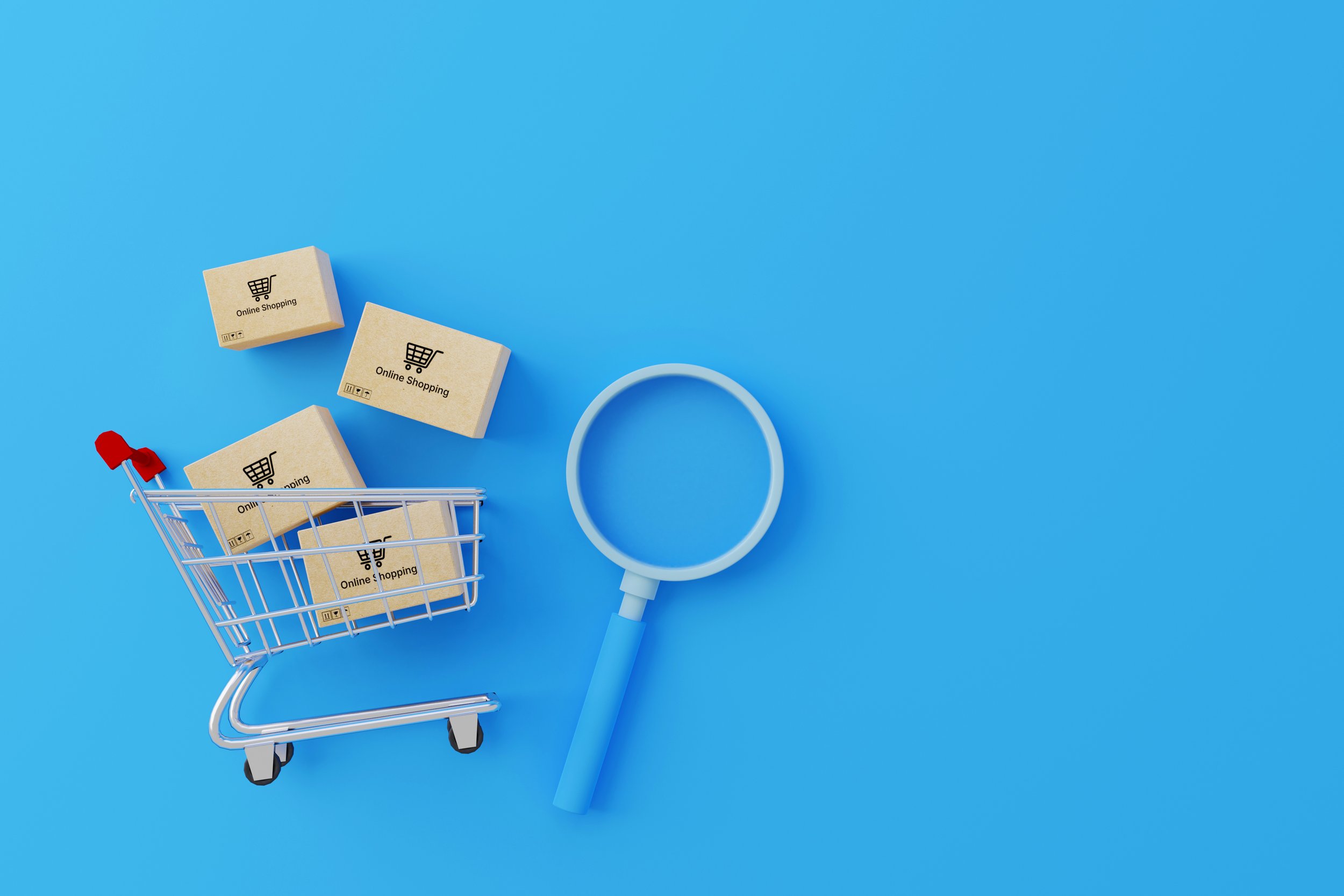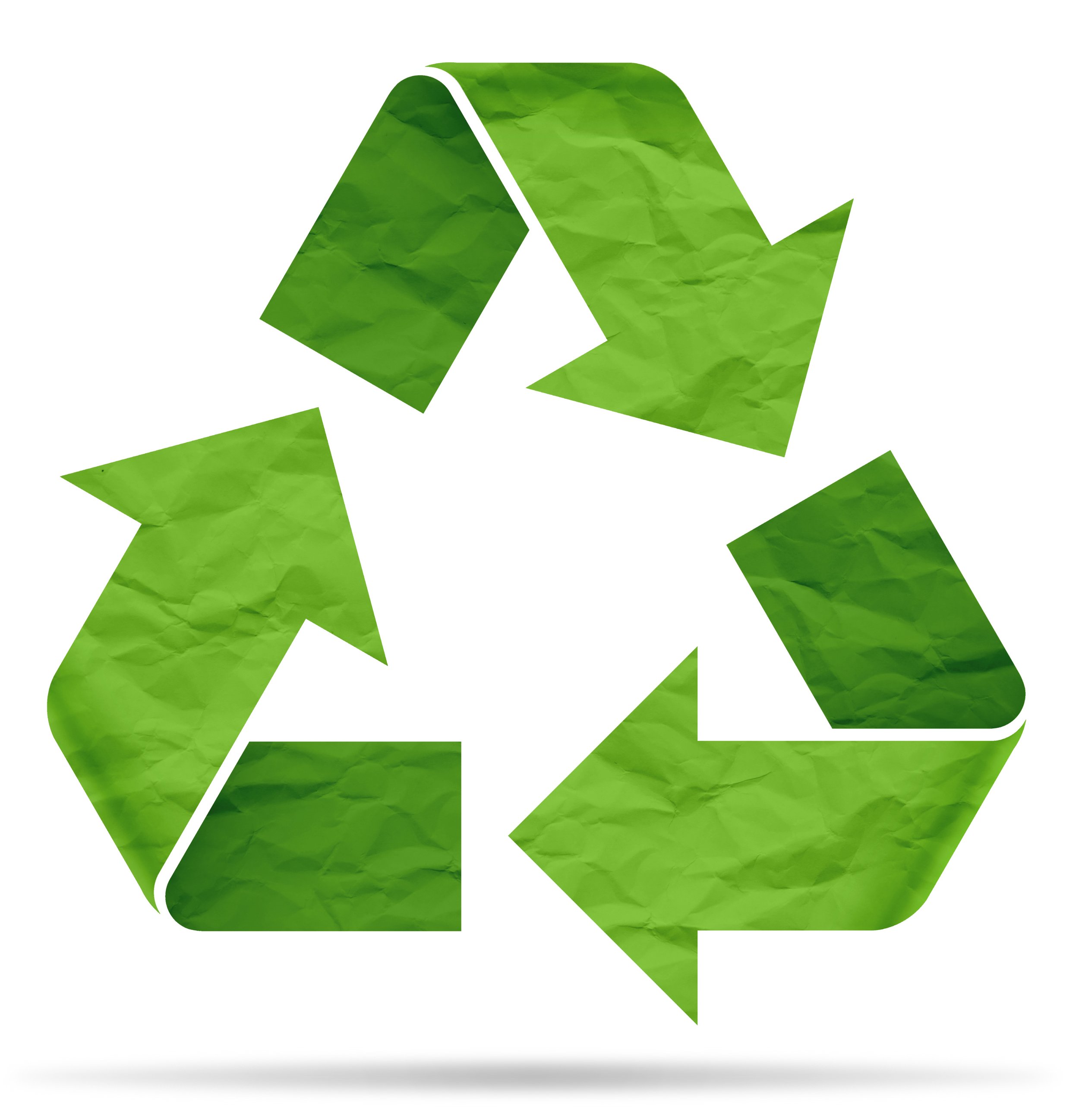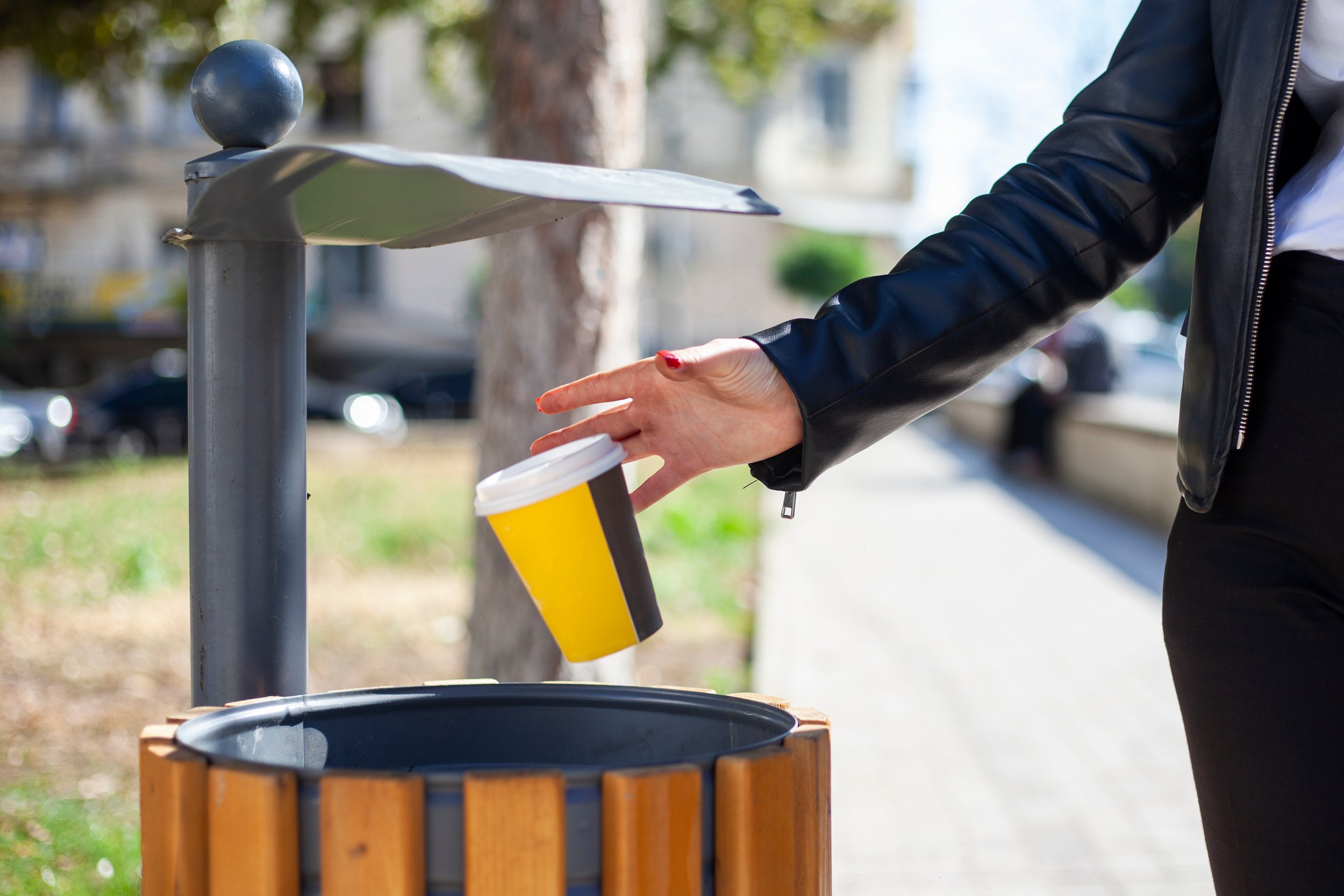INQUISITIVE NATURE
Thoughts and questions on consumerism, systems thinking, and regenerative design.

THE COSTS OF CONVENIENCE
Everything we see and touch is made from something, however, distantly, the Earth has given. And we take a great deal, seemingly without a second thought. We expect the shelves to be stocked and the tap to flow, without really acknowledging the systems that make it all possible. It saddens me sometimes to look around and see how we have reshaped the world to satiate our hunger. One could argue, of course, that as part of nature human settlements and influence is completely natural. And there is truth to that.

THE PLEASURES AND SORROWS OF RECYCLING
We’ve all been there: standing in front of the trash with some kind of plastic container, turned it over to see those three little arrows with a number in the middle, and thought, “This must be recyclable, right?”. In the recycle bin it goes, somewhat proud to have done our part. While we should all be applauded for this, in most cases, sadly, while our intentions were good, our decision was not. As counterintuitive as it may seem, that symbol did not in fact indicate whether that container was recyclable.

THE WORLD IS ALREADY INTELLIGENT
It is hard to process how quickly the world is changing. I think we all sense, to varying degrees, in some visceral part of our psyche that things just don’t feel the same, even if they may look it. And this is not just in terms of climate or political discourse but also in terms of human agency. With each passing year it seems the exponential rate of technological advancement floods our lives with new conveniences, possibilities, efficiencies, and distractions, which are as wonderful as they are frightening. Artificial intelligence is just the next and perhaps most consequential leap, and I cannot help asking myself why it feels so disruptive. And that is not to say that its arrival portends some dystopian future where humanity is enslaved by machines to save us from ourselves, but more that it feels like another wedge in an already fragmented world; disconnecting us further from each other and our surroundings. Moreover, it is another form of consciousness emerging in an already conscious world; one that has existed since time immemorial. One that has spent the last 3.8 billion years perfecting itself, and thrives in equal measure in the cells of our bodies as in the stars above. That being, of course, natural intelligence.

WHY WE WASTE
I’ve recently been reflecting on why it feels so good to throw things away. There’s an element of freedom in it I think, lightening a burden, even a sense of relief we are no longer responsible for something that was in our charge. Out of sight, out of mind. But it’s well documented that away does not mean gone. There are many statistics out there that quantify the consequences of this freedom over the last few decades, but they are just numbers1. For most, myself included, they mean very little beyond a sobering statistic we can’t really wrap our heads around and therefore have little interest in dwelling on. What I want to focus on instead is not the statistical side of this trend, but the behavioral one, and how it came to be.

THE LIFE AND TIMES OF A CEREAL BOX
Every time I’m in a grocery store, I look down the full length of an aisle, usually near the middle of the store, and am immediately overwhelmed with the sheer volume of stuff lining the shelves. What I used to perceive as food has become cardboard boxes, plastic bags, aluminum cans, glass bottles with plastic lids, plastic bottles with plastic lids, aluminum lined plastic bags, cardboard boxes full of aluminum lined plastic bags, boxes full of bags WRAPPED IN PLASTIC, and every other permutation therein.

INQUISITIVE NATURE
The original idea for this blog manifested years ago. I wanted to create a space where I could research and share the hidden stories and consequences behind the everyday things we consume. I attended a few ocean clean ups, did a little digging on how long “compostable” forks actually take to degrade (it’s a long time), designed a logo in 5 minutes, and then essentially forgot about it. It’s funny how we can be inspired to start something in a particular moment in time, only to realize it was meant for a completely different one.
